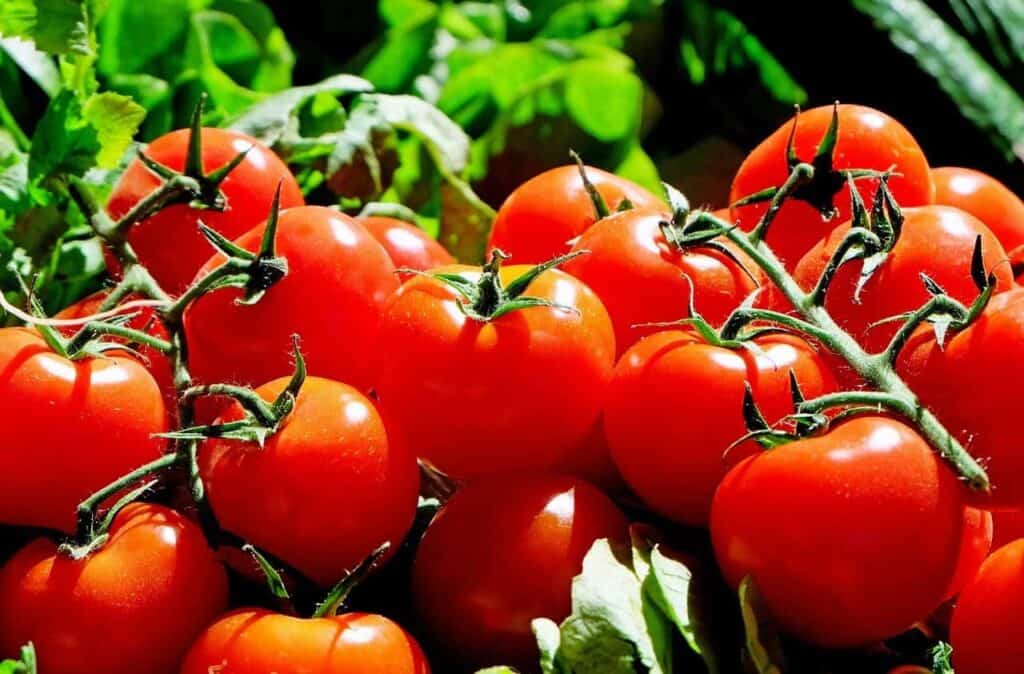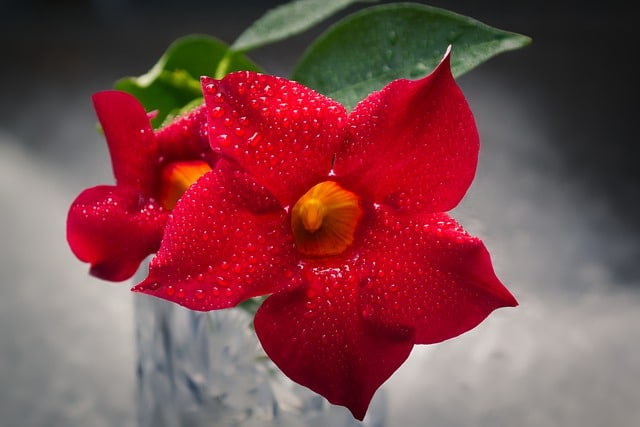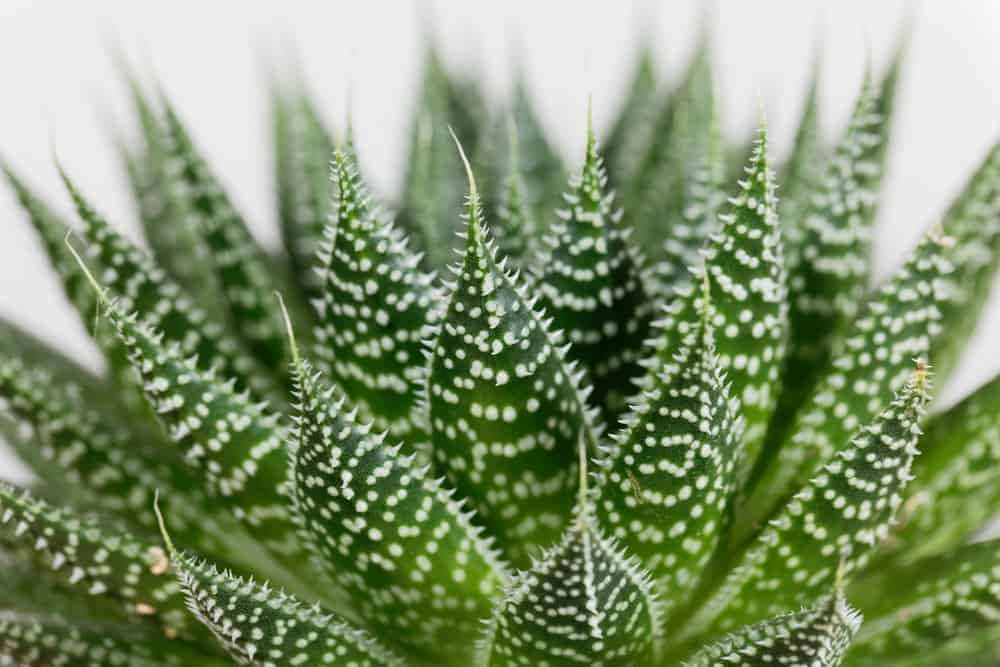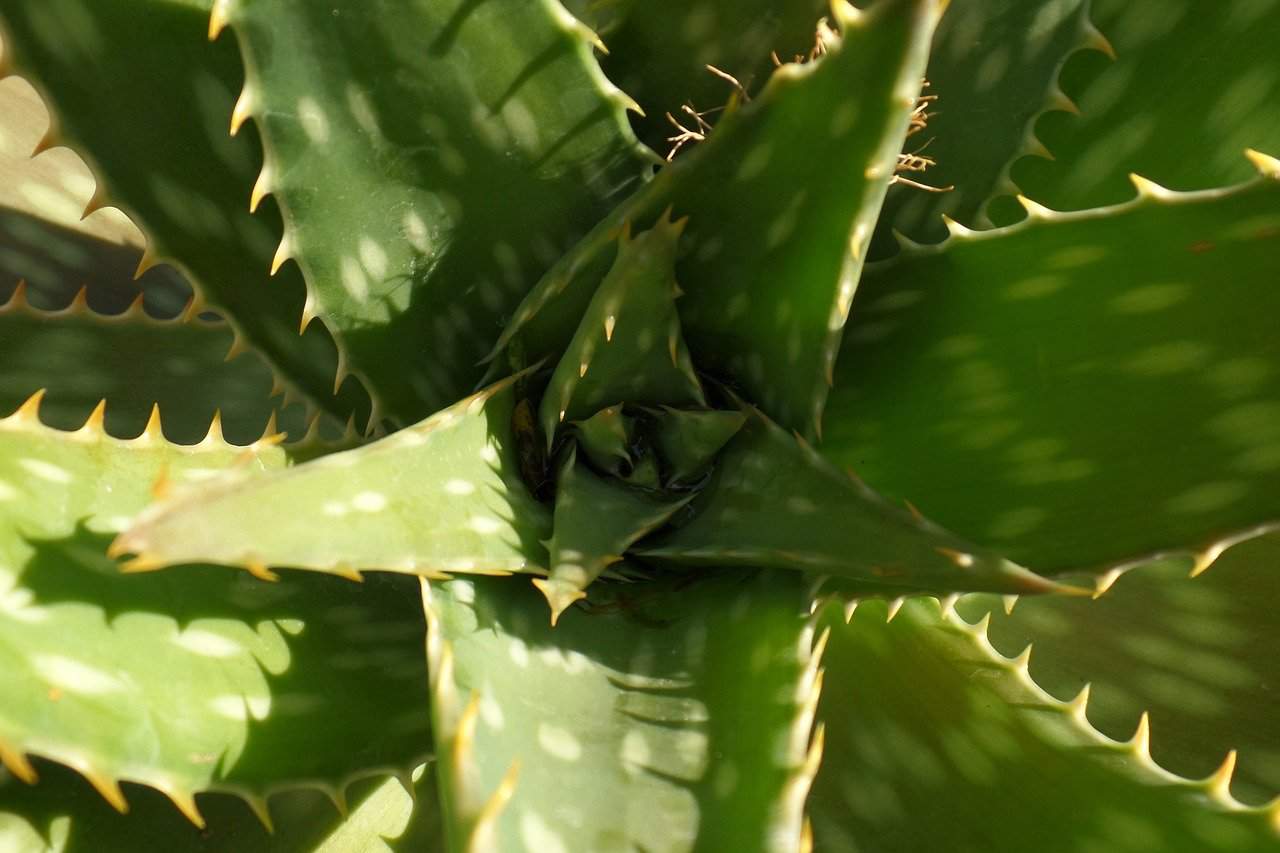Table of Content
- 1 Getting Started With Growing Tomatoes
- 2 Types of Tomatoes
- 2.1 How Can You Cultivate Tomatoes at Home?
- 2.2 Tomatoes can be divided into two types of growth they are:
- 2.3 How to Grow Tomatoes from Seed
- 2.4 Repot Your Plants
- 2.5 Try the Trench Method for Growing Tomatoes in the Home
- 2.6 Check the Acidic Soil Level
- 2.7 Mulch Tomatoes after the Soil Has Warmed
- 2.8 Remove the Bottom Leaves
- 2.9 How to Water Properly
- 2.10 Pinch and Prune for More Tomatoes
- 2.11 Tomatoes Need Support
- 2.12 Ripe Tomatoes on the Vine
- 2.13 Pick Tomatoes before Frost
- 2.14 Tomatoes and Pests
Getting Started With Growing Tomatoes
Tomatoes are flowering plants belonging to the nightshade family, extensively cultivated to produce edible fruits. The plant is classified as a vegetable to aid in nutrition tomatoes are excellent sources of Vitamin C and a photochemical called Lycopene.
Nothing can compare to the delicious taste of a juicy, red perfect tomato straight from the garden. These tomatoes not only taste delicious but are also very easy to cultivate.
Tomatoes are straightforward plants to grow and are a great addition to your garden, but as with all plants, you must follow a tomato growing tip before you even plant anything. Your biggest hurdle in receiving seeds to sprout is to make the best possible growing conditions for them.
They are now getting started with growing tomatoes in the home backyard. Just follow great tomato growing tips. Tomatoes (Solanum Lycopersicum) can grow in all kinds of climates and temperatures, except for the extreme cold. Therefore, they do not require much space. There are numerous varieties to pick from based on your personal preferences and hardiness zones.
One of the most critical tips for getting started with growing tomatoes is making sure that you have good soil. Healthy soil will produce the most significant fruits possible out of your tomatoes. So take some time and make sure that the earth is healthy. Then, use these simple tomato growing tips to optimize your growing conditions.
One more thing to remember when following this tomato growing tip is that you should be watering your tomatoes at least once a day, no matter what time of the day it is. If you don’t, you may find that your fruit is not as large as you would like them to be or that the leaves are sticking up too much as well. The soil should be tested for magnesium and calcium levels because both of these minerals are vital to the growth of your fruits.
Another great tip to use is to avoid planting tomatoes in the same spot next year. For instance, if you planted four small varieties last year and now want to try one more enormous variety, do not plant it in that spot. Instead, you can get away with it by planting three types that are each smaller in size, then planting one in each place. The smaller varieties will grow and eventually produce the harvest you are after. Keep this tomato growing tip in mind, and your garden should be a hit in no time.
It doesn’t have to be difficult to grow tomatoes. When you follow these simple tips, you can be sure that your fruits will be tasty and bountiful. It doesn’t matter where you decide to grow them. As long as you have good weather and are planting suitable tomato varieties, your efforts will pay off greatly.
Types of Tomatoes
There are many tomato varieties, some of them hybrids; however, they can be broadly classified into five types.
- Cherry (small size tomato)
- Main Crop (standard size)
- Plum (for paste)
- Beefsteak ( Maximum size)
- Ox-heart (Like heart shape)
Tomatoes possess a refreshing, mild taste and are generally red. However, they can also come in different colors that range from orange to yellow to purple. They’re a good source of nutrients such as vitamin C and antioxidants, including beta carotene and Lycopene, with numerous health benefits.
How Can You Cultivate Tomatoes at Home?
Your tomatoes won’t enjoy the fruits they are meant to unless the soil has the proper nutrition. This is where the importance of using the correct type of soil comes into play. So you need to learn how to pick suitable soil.
To ensure that tomatoes grow successfully, it is necessary to have a fertile, rich soil or peat-free potting mix and a bright, sun-filled, shaded location. Feed your plants regularly and water them using a high-potash fertilizer when the plants begin to bloom.
Tomatoes can be divided into two types of growth they are:
- Bush
- Cordon
The plants are typically put in pots or hanging baskets with their stems hanging on the edges. Cordon varieties can be trained to become taller; they are supported by the help of stakes or even a cane.
If you’re cultivating cordon tomatoes, you’ll require stakes, like bamboo canes, that will help support the plant. Also, you’ll have to pin the side shoots to allow the plant to produce simultaneously on one stem. However, it’s not required to stake kinds of tomatoes that grow in the bush.
If you’re not a seasoned gardener, it’s a good idea to plant tomatoes in a bush since you don’t have to stake them or take your tips for growing.
How to Grow Tomatoes from Seed
Most tomatoes are cultivated from seeds, but they require a high temperature for germination, between 16 and 30 degrees Celsius. If you are growing from seed, it is advised to plant them in pots in a sunny and secure area.
Seeds should be planted from the end of January through the final day of March. Seeds thrive in potting mix specifically designed for this use. Purchase a blend at the local garden store instead of using the soil within your yard. Seeds should be sown in 7.5cm pots of peat-free compost, which is moist and coated by a thin layer of vermiculite. Cover the vermiculite with water and cover the seed with the cling film. Place the bases on a sunny and warm window or in the propagator.
After seedlings have sprouted, take the Clingfilm off (or take them out of the propagator for plants) and ensure that the soil remains damp. Then, move them to a window. However, the plant’s tomatoes are sensitive to frost, so it is best to move them outside after you have seen the final frost in spring has gone.
Repot Your Plants
Put your seeds in small modules or paper cups. After the plant has developed the second leaf set, called its true leaves, you need to transplant the plant into larger pots for the first time. This is referred to as potting your plants. Each time you report your plants, they will have more room to extend their roots.
I recommend potting two times for tomatoes. The final repotting is 3-4 weeks after the initial. This last repotting must be in a deep, large pot or directly into the ground if you have an area for gardening.
Try the Trench Method for Growing Tomatoes in the Home
Transfer your tomatoes outside once you have had the last frost in May. Find a sunny, sheltered place to plant the tomatoes within borders. Make a hole of 4 inches at least as long as the plant’s height.
Take lower leaves from the stem and then put the plant horizontally in the trench and fill your channel while leaving the remaining leaves in the ground. “Planting the plant horizontally within a trench or placing the plant deeper into the soil will allow the stem to grow new roots and give the plant a stronger basis,” Diane says.
This is an excellent method for large tomatoes, which produce heavy fruit and vines. The tip of the tomato’s growth encourages healthy, fast development as it grows towards the sun. The developing roots are planted in shallow soil to stay warm. Make sure you soak the ground thoroughly. If you are planning to grow tomatoes in a greenhouse, you might want to plant them next to basil, thriving in the same space.
Check the Acidic Soil Level
They thrive in soils with an acidic pH between 5.8 to 7. However, they can be adapted to soils with a slightly alkaline pH. If your soil’s clay or sandy, you can work it into two to three inches of compost. Test your soil and follow the guidelines to get the best outcomes.
Mulch Tomatoes after the Soil Has Warmed
If you do not plan to place plastic over the soil, wait until you put down the mulch until the ground is allowed to get warm. Mulch is a great way to conserve water and keep dirt and soil-borne diseases from gaining a foothold on plant life.
However, applying the mulch too soon can reduce the shade and chill the soil. Since tomatoes are fond of temperatures, sunlight can heat the ground in spring. When temperatures are comfortable, both during the evening and during the day, it is possible to add mulch to keep moisture in.
Remove the Bottom Leaves
When your tomato plants are approximately 3 feet in height, Remove the leaves from the lower part of your stem. These are the oldest leaves and are typically the first to develop fungus issues. As plants get bigger, they get the least sunlight and airflow.
Also, because they’re near the ground, pathogens that are borne by soil can easily splash onto the leaves. Eliminating them can help stop fungal infections from taking root. The application of compost tea every week is also effective in fighting off fungal illnesses.
How to Water Properly
The most effective way to grow tomatoes at home is to consistently water. Plenty of watering can prevent leaf-end rolls, blossom-end rot, those cracked cracks that are not as shaped as visible at the end of the stem of tomatoes.
Give tomatoes at minimum an inch of water every week; however, it will be contingent on how humid and warm the space for growing is. It is essential to water the tomatoes in the mornings to prevent diseases and burns to the leaves. If it continues to produce, make sure to water it thoroughly and thoroughly in dry seasons. Do not wet the leaves while watering, as this can increase the likelihood of developing the fungal disease known as tomato blight.
Pinch and Prune for More Tomatoes
Remove suckers that grow at the crotch joints of two branches. They will not produce fruit and take energy from the other three parts.
But, be gentle in cutting back the remaining parts of the plants. It is possible to reduce the size of some leaves to allow sunlight to get to the fruit that is getting ripe. However, those leaves are photosynthesis and produce the sugars that taste your tomato. So, a smaller number of leaves will result in fewer sweet tomatoes.
Tomatoes Need Support
As tomato plants get more extensive and taller, they must be supported as they are very top-heavy, particularly the vining tomato plants. As a result, the plant is vulnerable to being damaged by strong winds.
Ripe Tomatoes on the Vine
Take your time and wait until the tomatoes have fully matured and have reached their darkest shade before you harvest. (Once the fruit has been removed, the sugar source is removed.) Next, the fruit should be gently twisted to separate the stem from the root.
Pick Tomatoes before Frost
The day before the first frost gives the garden an appearance, cut the leftover tomato plants and set them on a window or counter. When the tomatoes are located in an area with a lot of heat, the fruit will mature more quickly; it will take longer to grow in a cooler place. Even though the flavor may not be the ripeness of the vine, it will extend your harvest by a little.
Tomatoes and Pests
It is also essential to regularly check your plants to ensure health. For example, tomato plants release an astringent toxin that deters the tiny insects from causing trouble for their plants; however, regular pests can cause significant problems if not correctly cared for. This includes cutworms, hornworms, tomato fruit worms, whiteflies, and beetles.
Many of them are easily eliminated either by hand or through soapy sprays. Therefore, chemical insecticides are not suggested. However, the planting of flowers that has strong scents like marigolds can help in the fight against bugs.
Most diseases are caused by poor conditions like inadequate nutrients or sun, water, and space, pathogens like bacteria, fungi, viruses, and even weather. If you take care of your property and maintain it, many problems are efficiently dealt with. Choose varieties classified as resistant if your zone is vulnerable to certain kinds of diseases or pests.
Final Thought
The plants you have will stay at their best when you pay them regular attention. There will be slight changes in your plants before they cause issues. However, you’ll be able to recognize what they require to be watered or the presence of pests. Soon you’ll have plenty of tomatoes to harvest throughout the summer long and even till the frosty days appear!




